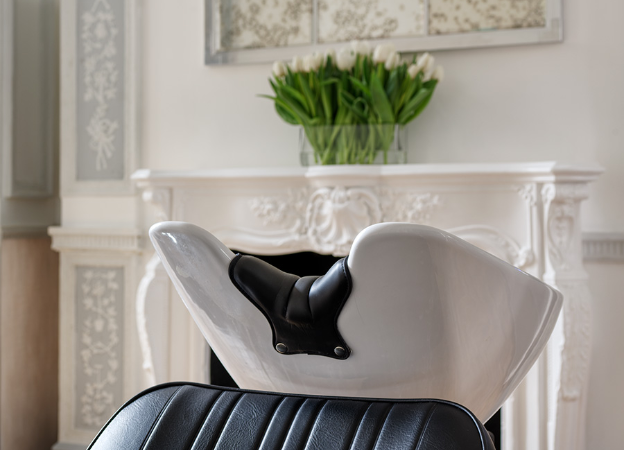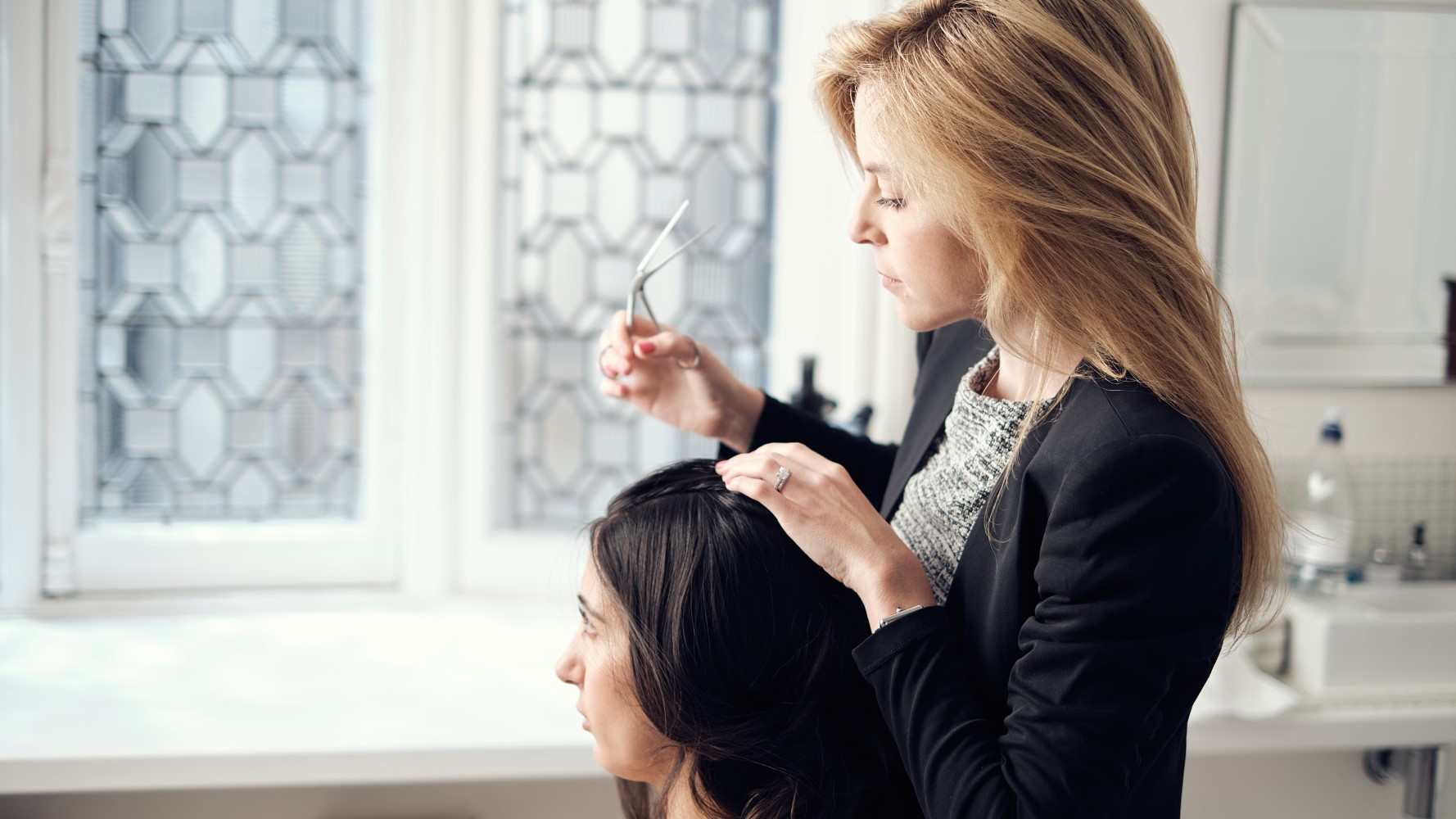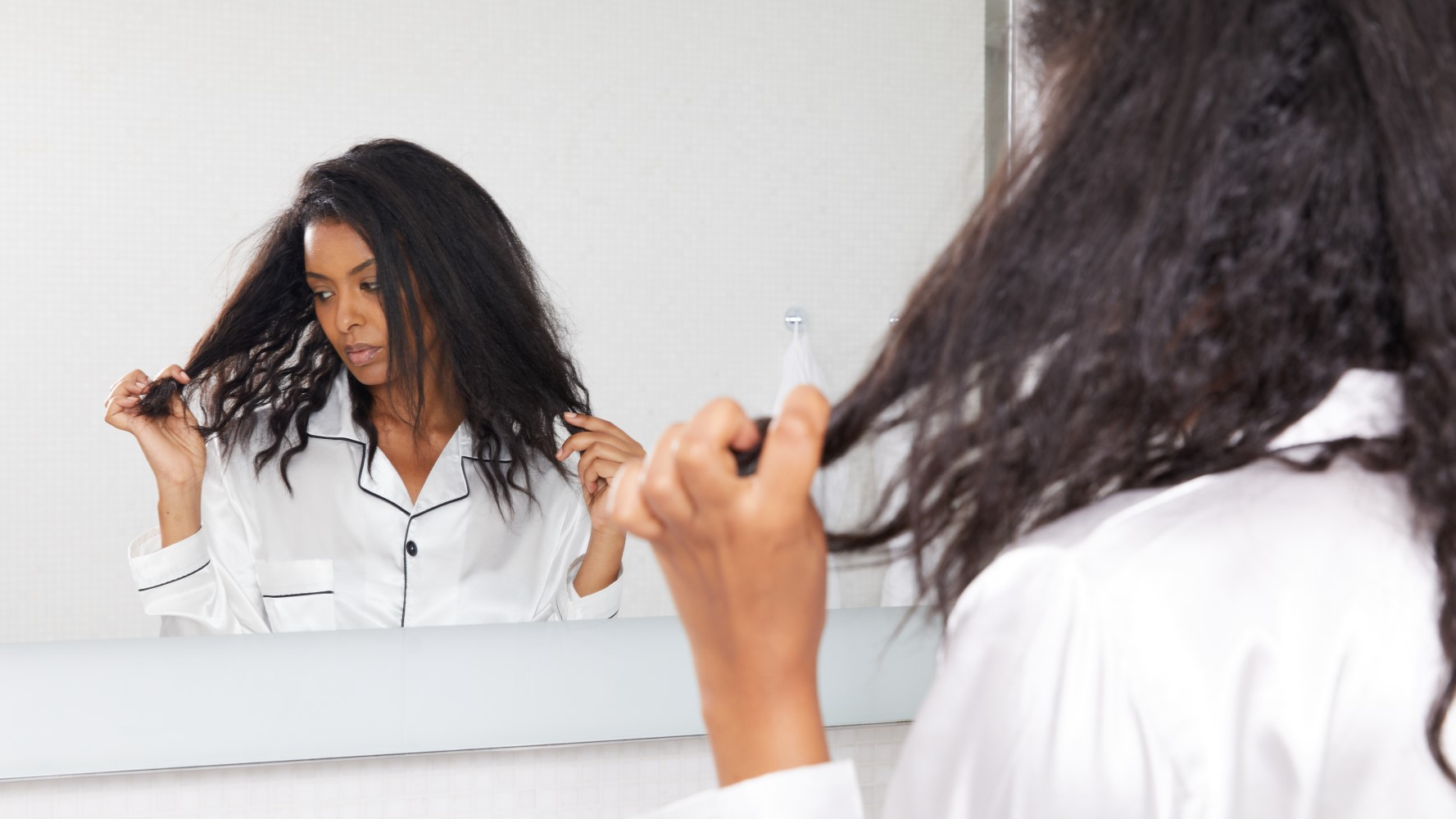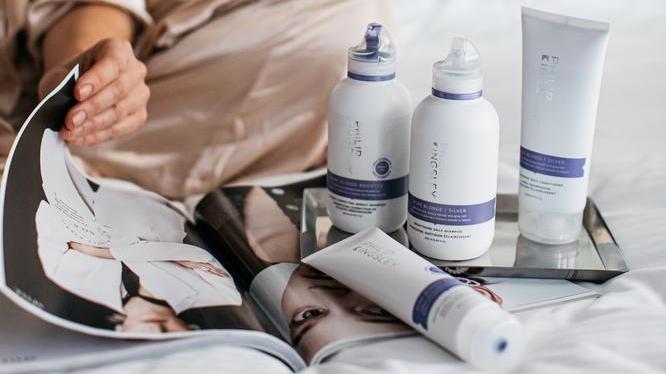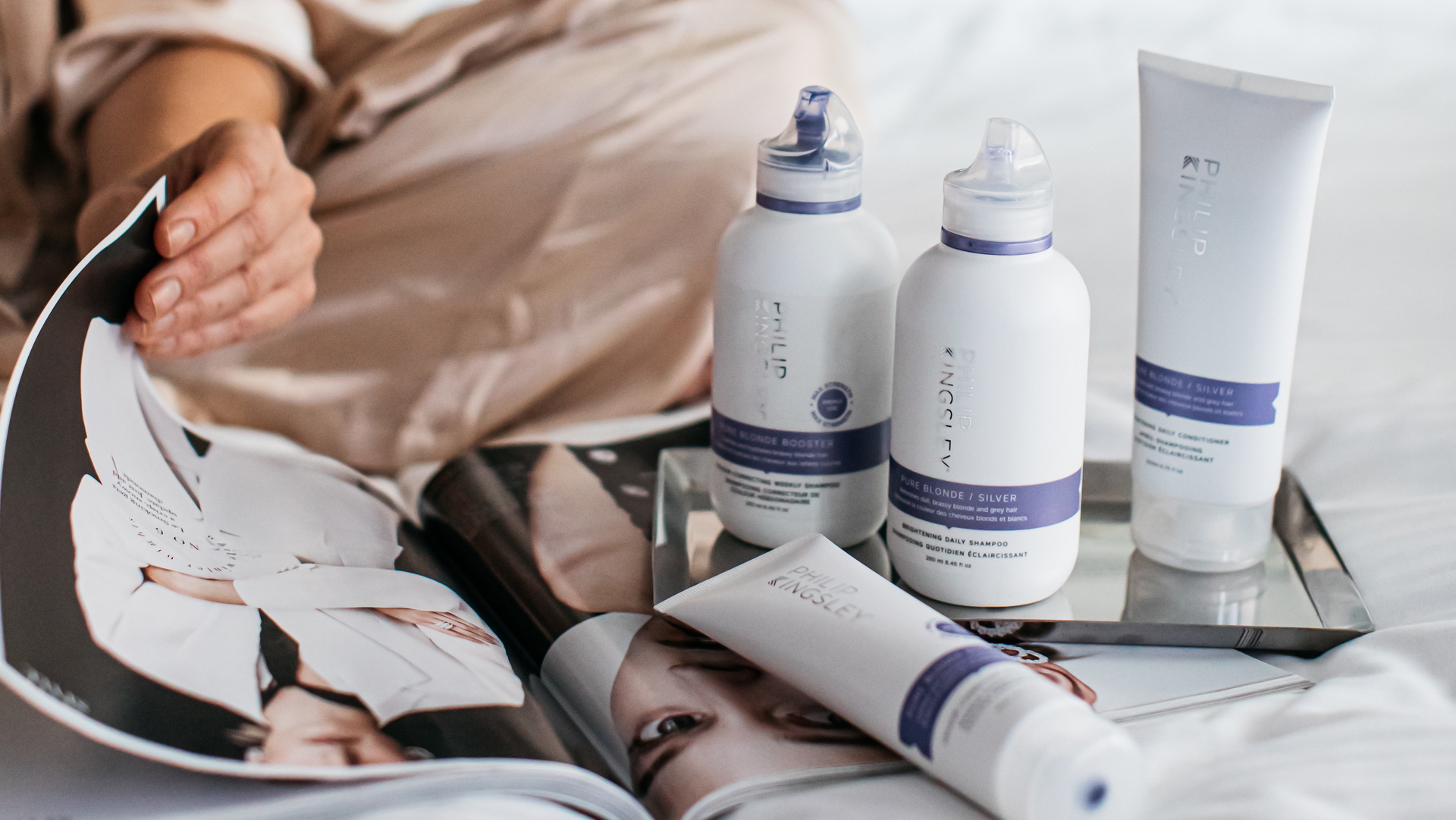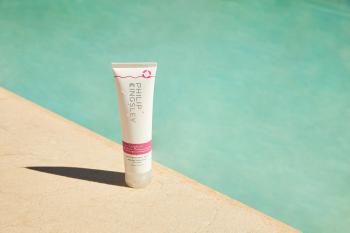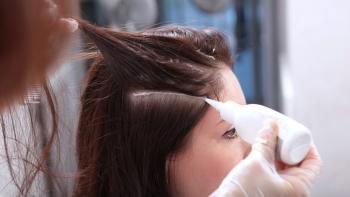It’s no secret that bleaching can damage your hair - but that doesn’t mean you shouldn’t do it. If you’re thinking about going lighter, it’s important to understand how bleaching works, why it can cause dryness or breakage and most importantly, what you can do to minimise damage.
With the right knowledge and a good haircare routine, you can enjoy the colour results you want while keeping your strands healthy, hydrated and strong. In fact, bleaching can even have an upside: by plumping your hair shaft, it can make your hair look and feel thicker.
Note: Throughout this guide, we use the word bleaching to describe the lightening of hair pigment through chemical processing, this doesn’t always mean the use of bleach itself.
How Does Hair Bleaching Work?
Bleaching works by stripping the natural pigment (melanin) from your hair shaft through a process called oxidation. It isn’t possible to lighten hair without using a bleaching or oxidising agent. The most common agents are hydrogen peroxide and ammonia, which are usually mixed together for stability and efficiency.
Be cautious of products marketed as ‘no ammonia’. While they may not contain ammonia itself, they will always use another oxidising agent to achieve the same effect and these can be just as damaging.
Why Does Bleaching Damage Your Hair?
To allow the bleach to penetrate, the process raises your hair’s outer cuticle. Over time, repeated bleaching can leave the cuticle permanently raised, making it harder for hair to retain moisture. This can lead to dryness, brittleness, lack of elasticity, split end and breakage. Bleached hair also becomes more porous, which makes it more vulnerable to heat-styling damage (from hairdryers, straighteners or tongs), environmental aggressors (like the sun) and chemicals found in seawater and swimming pools.
Pro tip: If you’re heading to the pool, beach or outdoors in the sun, protect your bleached hair with a specialised cream like our Swimcap which helps prevent further moisture loss and damage.
What’s more, every time you bleach, the damaging effects on your hair’s protein structure intensify - especially if the bleach is applied over previously lightened hair (known as overlapping). In other words, the more often you bleach or highlight, the more fragile your hair will become.
How to Protect Your Hair If You Bleach It
The good news? With the right routine, you can keep bleached hair looking and feeling healthy. Below are our Trichologist-approved steps and recommended Philip Kingsley products.
1. Use A Bond Repairing Treatment
Bleaching doesn’t just affect the cuticle, it also weakens the bonds inside your hair shaft. Your is made up of three main types of bonds; hydrogen bonds, disulfide bonds and salt bonds. These are all crucial for strength, flexibility and structure. When bleaching breaks them down, your hair becomes more likely to split and snap.
A bond-repairing treatment (like our Bond Builder Restructuring Treatment) can really help as it works within the hair shaft to:
Strengthen existing bonds
Reconnect broken ones
Protect hair during future bleaching sessions
Boost strength with continued use
This makes it especially valuable for those who bleach their hair regularly.
2. Always Apply Deep Conditioning Treatments
A pre-shampoo conditioning treatment will flood your hair with moisture, restoring elasticity and reducing the risk of snapping. Our cult classic Elasticizer Deep-Conditioning Treatment works wonders for this and helps to increase:
Moisture and elasticity
Shine and manageability
Bounce and softness
We recommend using it three days prior to bleaching, three days after bleaching and then weekly after this for ongoing protection.
3. Always Use Heat Protection
Once hair is bleached, its raised cuticle makes it more prone to moisture evaporation, particularly when styling with heat. Our Perfecting Primer Heat Protection Spray helps to:
Shield hair against blow-dryers, irons, and tongs
Minimise moisture loss
Help reduce the risk of breakage
4. Use A Daily Shield
Bleached hair doesn’t just need protection on wash days and does in fact benefit from daily care too. A lightweight protective spray or leave-in conditioner such as our Daily Damage Defence Leave-In Conditioner is great for:
Hydrating and conditioning
Adding shine and smoothness
Defending against environmental damage (UV rays, air pollution, central heating, air conditioning)
Helping to seal the cuticle and lock in moisture
5. Invest in a good conditioner
Because bleaching lifts the cuticle, strands can get tangled easily. Conditioning every time you shampoo is essential for helping to:
Smooth the cuticle
Seal in moisture
Prevent knots
Restore shine
For colour-treated hair, we recommend our Pure Colour Conditioner for deeply nourishing chemically processed hair and keeping your colour looking vibrant for up to 100% longer across 24 washes*
*Lab-controlled instrumental test
5. Brush Gently
Brushing bleached hair requires extra care. To avoid unnecessary breakage, always detangle gently, starting from the ends and working upwards and never tug or pull through knots. When it comes to the type of brush, opt for plastic prongs with rounded ends, or if you prefer bristle brushes, only choose soft bristles combined with prongs. Our Vented Radial Brush is great for this.
Your Questions, Answered
Q: What should you look for on the box when selecting hair bleach?
A: Always check the strength of the developer (peroxide) and follow the recommended instructions carefully. Look for clear ingredient labelling and avoid misleading claims like “ammonia-free,” which can still mean other oxidising agents are used.
Q: What are the main differences between professional salon bleaching and at-home bleaching kits?
A: Salons use professional-grade products with customised formulas and precise application techniques, reducing the risk of uneven colour and excessive damage. At-home kits are more one-size-fits-all and carry a higher risk of patchy results or over-processing.
Q: How often can you bleach your hair and what are the signs of over-bleaching?
A: Bleaching should be spaced out as much as possible - ideally every 6–8 weeks at minimum. Signs of over-bleaching include extreme dryness, brittleness, breakage, loss of elasticity and colour fading too quickly.
